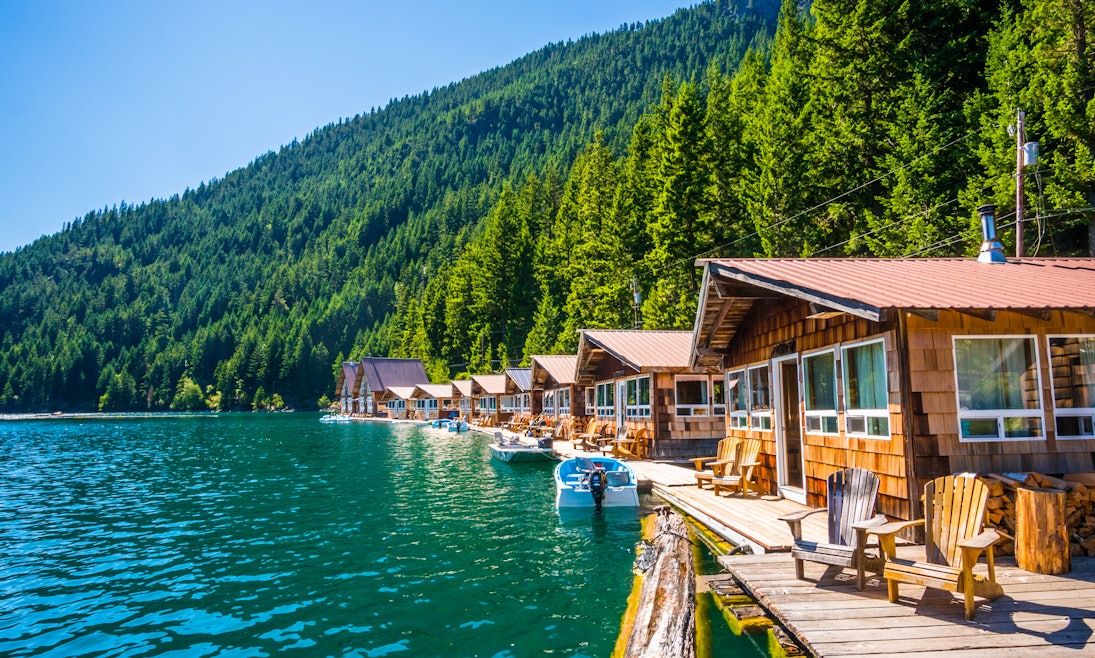

©Asif Islam/Shutterstock
Overview
Grafted onto one of the more temperamental segments of the Pacific Ring of Fire, the Washington Cascades are a rugged, spectacular mountain range capped by five potentially lethal volcanoes: Mt Baker, Glacier Peak, Mt Rainier, Mt Adams and – fieriest of all – Mt St Helens.
Leave the planning to a local expert
Experience the real Washington Cascades. Let a local expert handle the planning for you.
Must-see attractions
in partnership with getyourguide







